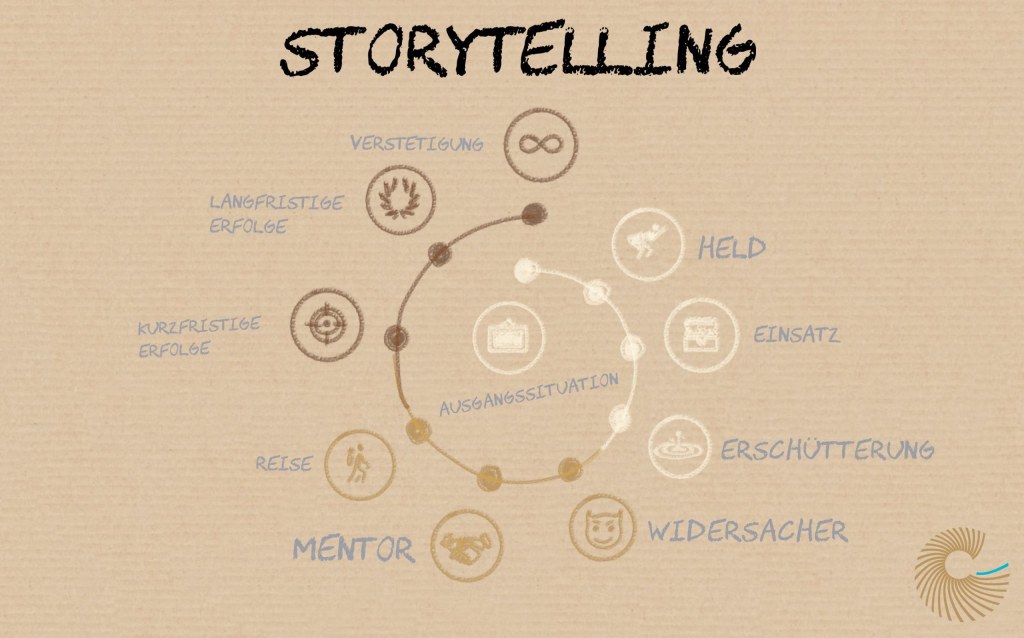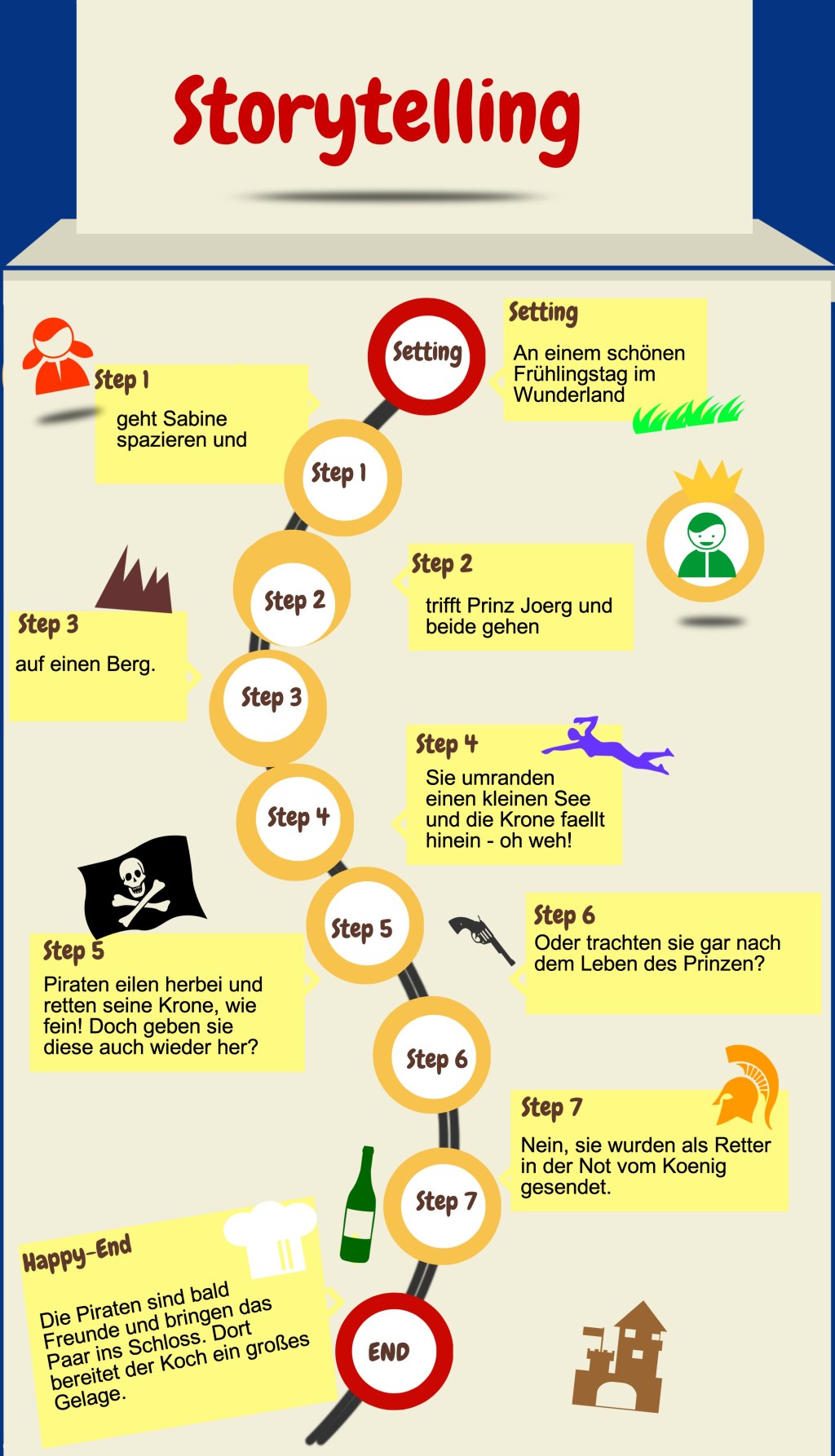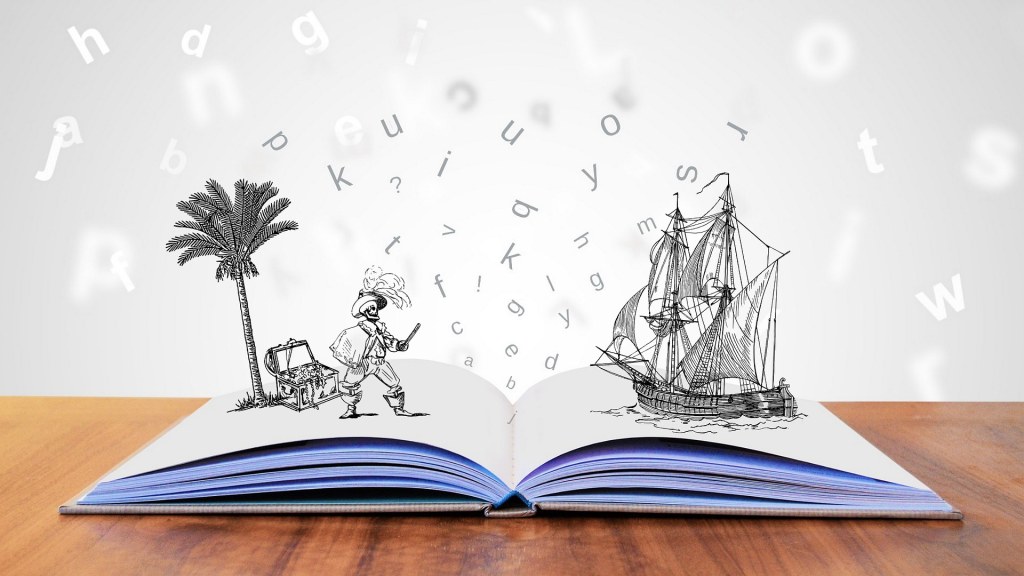The Power Of Storytelling: Unleashing The Magic Within
The Power of Storytelling: Captivating Audiences and Driving Engagement
Greetings, Readers! In this article, we will delve into the fascinating world of storytelling and explore its immense power in captivating audiences and driving engagement. Storytelling is an age-old tradition that transcends cultures and has been used as a powerful tool to convey messages, evoke emotions, and create connections. Whether it’s through books, movies, or even marketing campaigns, storytelling has the ability to leave a lasting impact on people’s lives. Join us as we uncover the secrets behind effective storytelling and discover how you can harness its potential to captivate your audience.
Introduction
Storytelling is an art form that has been passed down through generations, captivating listeners and holding their attention as the narrative unfolds. It has the power to transport us to different worlds, evoke emotions, and create a connection between the storyteller and the audience. In today’s digital age, where attention spans are shorter than ever, storytelling has become an essential tool for businesses and individuals looking to engage their audience and leave a lasting impression.
3 Picture Gallery: The Power Of Storytelling: Unleashing The Magic Within



But what exactly is storytelling? At its core, storytelling is the process of conveying a message or information through a narrative structure. It goes beyond simply relaying facts and figures; it involves crafting a compelling story that resonates with the audience on an emotional level. Whether it’s a personal anecdote, a brand’s origin story, or a fictional tale, storytelling captivates the audience by taking them on a journey and making them feel a part of the narrative.
Now that we understand the essence of storytelling, let’s explore the various elements that make a story truly captivating. From the characters and plot to the setting and tone, each component plays a crucial role in engaging the audience and keeping them hooked. By understanding these elements and incorporating them into your storytelling, you can create a memorable experience that resonates with your audience.
So, why is storytelling such a powerful tool? The answer lies in our innate human nature. From a young age, we are drawn to stories. They ignite our imagination, help us make sense of the world, and allow us to connect with others on a deeper level. When a story is well-crafted and effectively told, it has the power to inspire, educate, and entertain. It can spark emotions, change perspectives, and even drive action. By harnessing the power of storytelling, businesses and individuals can cut through the noise and create a meaningful connection with their audience.

Image Source: effektweit.de
Now that we’ve explored the power of storytelling, let’s delve into its different aspects and understand the what, who, when, where, why, and how of storytelling. By gaining a deeper understanding of these elements, you’ll be equipped with the knowledge to create compelling stories that resonate with your audience.
What is Storytelling?
Storytelling is the art of conveying a message or information through a narrative structure. It involves crafting a compelling story that captivates the audience and leaves a lasting impact. It goes beyond simply relaying facts and figures; it engages the audience on an emotional level and creates a connection between the storyteller and the listener.
The Power of Emotion
One of the key elements of storytelling is the power of emotion. Emotions have the ability to make stories memorable and resonate with the audience. By evoking emotions such as joy, sadness, fear, or excitement, storytellers can create a deeper connection with the listeners and make the story more relatable.
The Art of Persuasion
Storytelling is also a powerful tool for persuasion. By weaving a narrative that aligns with the values and beliefs of the audience, storytellers can influence their thoughts and behaviors. This is particularly important in marketing and advertising, where the goal is to persuade consumers to buy a product or service.
A Universal Language
Storytelling is a universal language that transcends cultures and boundaries. It has been used for centuries to pass down traditions, teach values, and preserve history. Regardless of the language or culture, stories have the power to connect people and bridge the gap between different communities.
The Impact of Storytelling

Image Source: piakleinewieskamp.de
Storytelling has the power to leave a lasting impact on individuals and society as a whole. It can spark conversations, change perspectives, and even drive social change. By sharing stories that resonate with the audience, storytellers have the ability to shape opinions, challenge beliefs, and inspire action.
Who Can Benefit from Storytelling?
Storytelling is not limited to a specific group of people or industry. It is a tool that can be utilized by individuals and businesses alike. Whether you’re a marketer looking to engage your audience, an entrepreneur sharing your brand’s story, or an individual looking to connect with others, storytelling can benefit you in various ways.
Marketers and Brands
For marketers and brands, storytelling is a powerful tool to cut through the noise and engage consumers. By crafting compelling narratives that align with the brand’s values and resonate with the target audience, marketers can create a meaningful connection that drives engagement and loyalty.
Entrepreneurs and Business Owners
Entrepreneurs and business owners can leverage storytelling to differentiate themselves from the competition and build a strong brand identity. By sharing their journey, values, and vision through storytelling, they can create a unique narrative that resonates with their target market and sets them apart.
Non-Profit Organizations
Non-profit organizations often rely on storytelling to raise awareness about their cause and inspire action. By sharing stories of individuals who have been impacted by their work, they can create an emotional connection with potential donors and supporters, driving engagement and support.
Content Creators

Image Source: kompetenzzentrum-kommunikation.de
From writers and filmmakers to photographers and musicians, content creators can harness the power of storytelling to captivate their audience and leave a lasting impression. By creating narratives that resonate with their audience, they can build a loyal following and drive engagement.
Individuals
Even as individuals, storytelling can benefit us in various aspects of our lives. Whether it’s through personal anecdotes or sharing our experiences, storytelling allows us to connect with others on a deeper level. It can inspire, educate, and entertain, making us more relatable and memorable.
When and Where to Use Storytelling?
Storytelling can be used in various contexts and settings to engage the audience and convey a message effectively. Here are some common scenarios where storytelling can be utilized:
Marketing Campaigns
Storytelling is a powerful tool in marketing campaigns. By creating narratives that resonate with the target audience, marketers can engage consumers and drive brand awareness. Whether it’s through videos, social media posts, or blog articles, storytelling can make marketing more relatable and memorable.
Presentations and Public Speaking
When giving presentations or public speaking, storytelling can help captivate the audience and make the information more memorable. By incorporating personal anecdotes or relevant stories, speakers can create a connection with the audience and keep them engaged throughout the presentation.
Brand Storytelling
Brands can utilize storytelling to convey their values, vision, and mission. By sharing their brand story, they can create a unique narrative that resonates with their target market and sets them apart from the competition. This can be done through various channels, such as websites, social media, or brand videos.
Personal Branding
Storytelling plays a crucial role in personal branding. By sharing your journey, experiences, and values, you can create a personal brand that resonates with your target audience. This can be done through social media platforms, personal websites, or even networking events.
Educational Content
Storytelling can be a valuable tool in educational content. By presenting information in a narrative format, educators can make the content more relatable and engaging for students. Whether it’s through storytelling books, interactive lessons, or multimedia presentations, storytelling can enhance the learning experience.
Why is Storytelling Effective?
Storytelling is an effective communication tool for several reasons:
Emotional Connection
Storytelling creates an emotional connection between the storyteller and the audience. By evoking emotions and making the audience feel a part of the narrative, storytelling can leave a lasting impact and make the message more memorable.
Engagement and Retention
Storytelling engages the audience and keeps them hooked throughout the narrative. By capturing their attention and maintaining their interest, storytellers can ensure that the message is effectively conveyed and retained by the audience.
Memorability
Stories are more memorable than facts and figures. By presenting information in a narrative format, storytellers can make the content more relatable and easier to remember. This is particularly important in marketing and advertising, where the goal is to leave a lasting impression on consumers.
Authenticity and Connection
Storytelling allows for authenticity and connection with the audience. By sharing personal experiences or brand stories, storytellers can create a genuine connection that resonates with the audience and builds trust.
Humanizing Brands
Storytelling humanizes brands and makes them more relatable to consumers. By sharing stories of real people and their experiences with the brand, companies can create a more personal connection and establish emotional bonds with their audience.
How to Craft a Compelling Story?
Crafting a compelling story involves several key steps:
Identify Your Purpose
Before you start crafting your story, it’s important to identify your purpose. What message do you want to convey? What emotions do you want to evoke? By having a clear purpose in mind, you can create a narrative that aligns with your goals and resonates with your audience.
Know Your Audience
Understanding your audience is crucial in crafting a compelling story. Who are they? What are their interests, values, and beliefs? By knowing your audience, you can tailor your story to resonate with them and create a deeper connection.
Create a Strong Plot
A strong plot is essential in captivating your audience. It should have a clear beginning, middle, and end, with a conflict or challenge that needs to be resolved. By creating suspense and tension, you can keep your audience engaged and eager to know what happens next.
Develop Compelling Characters
Compelling characters are the heart of any story. They should be relatable, well-developed, and have clear motivations. By creating characters that the audience can connect with, you can make your story more engaging and memorable.
Use Vivid Descriptions and Imagery
Vivid descriptions and imagery are key in bringing your story to life. Paint a picture with your words and engage the senses of your audience. By using descriptive language, you can transport your audience to different worlds and make the story more immersive.
Inject Emotion
Emotion is at the core of storytelling. Whether it’s through joy, sadness, fear, or excitement, evoke emotions in your audience and make them feel a part of the narrative. This will create a deeper connection and make your story more impactful.
Have a Clear Message
Every story should have a clear message or takeaway. What do you want your audience to learn or feel after hearing your story? By having a clear message, you can ensure that your story has a purpose and leaves a lasting impact on the audience.
Advantages and Disadvantages of Storytelling
Like any communication tool, storytelling has its advantages and disadvantages. Let’s explore both sides:
Advantages of Storytelling
– Engages and captivates the audience: Storytelling has the power to capture the audience’s attention and keep them engaged throughout the narrative. This makes it an effective tool for conveying a message and driving engagement.
– Creates an emotional connection: By evoking emotions in the audience, storytelling creates a deeper connection and makes the message more memorable. This can lead to increased brand loyalty, customer engagement, and social impact.
– Makes information more relatable: Stories make information more relatable and easier to understand. By presenting facts and figures in a narrative format, storytellers can simplify complex concepts and make them more accessible to the audience.
– Sparks conversations and drives action: Compelling stories have the power to spark conversations and inspire action. Whether it’s sharing personal experiences or raising awareness about social issues, storytelling can drive positive change and influence behavior.
Disadvantages of Storytelling
– Time-consuming: Crafting a compelling story takes time and effort. From developing characters and plotlines to editing and refining the narrative, storytelling can be a time-consuming process that requires careful planning and execution.
– Subjective interpretation: Stories can be interpreted in different ways by different people. While this can lead to rich discussions and diverse perspectives, it can also result in misinterpretation or misunderstanding of the intended message.
– Not suitable for all situations: While storytelling is a powerful tool, it may not be suitable for all situations. In some cases, a more direct and concise approach may be necessary to convey information or instructions effectively.
– Requires creativity and skill: Effective storytelling requires creativity and skill. It involves crafting a compelling narrative, developing relatable characters, and engaging the audience. Not everyone possesses these skills naturally, and it may require training or practice to master the art of storytelling.
This post topic: Creative Writing
